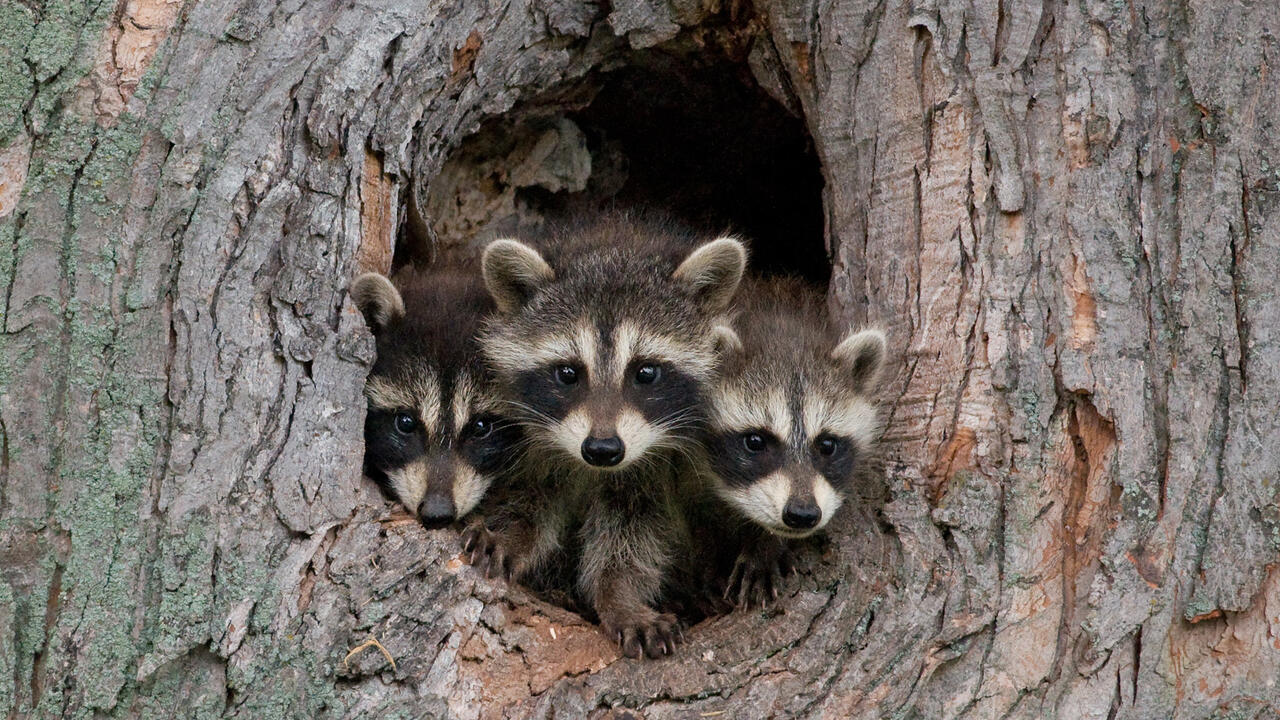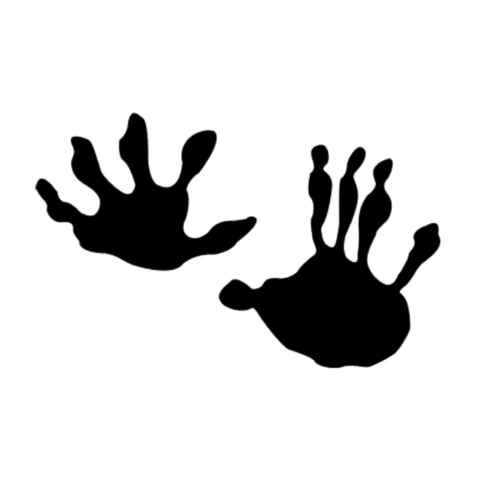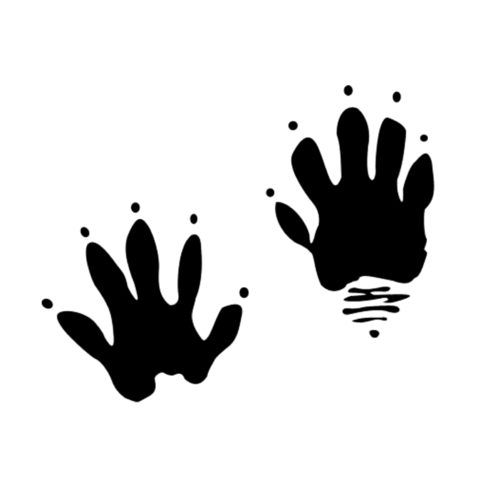Extension for Real Life
How to Identify Raccoon and Opossum Tracks

AdobeStock_47975031.jpeg
Have you ever been on a walk in the woods, park, or backyard and noticed animal tracks in the mud or dirt? Some tracks are easy to identify, while others are a bit harder to tell which animal they belong to. It’s a fun guessing game trying to figure out which animal has been visiting nearby.
When examining animal tracks, ask yourself a few questions:
- How many toes does the animal have?
- Are there claw marks?
- Is the front or rear foot larger?
- What are the general shapes of the tracks?
- How long and wide are the tracks?
Thinking through these questions will help you be on the right path to discovering the mystery critter.
Over the next few months, we will be highlighting a few animal tracks. As you’re out exploring, pay attention to your surroundings. Who knows, maybe you might spot one!

Opossum
- Has five toes per foot.
- Walks on all fours.
- Has prints that are about 2 inches in diameter. Rear feet are typically larger.
- Has spread out toes. Thumb is more separated than the other toes, making the tracks look like a human hand.
- May drag its tail, leaving behind tracks.

Raccoon
- Has five toes per foot.
- Walks on all fours.
- Points all toes forward.
- Has prints that are 2 to 3 inches across. Resemble a human hand.
- Can show small claw prints.
- Has a track pattern that typically shows a front foot next to the opposite back foot.
Special thanks to our friends at University of Maryland Extension and Maryland Department of Natural Resources for these great resources!
Authors
-
 Marketing & Communication Coor
Marketing & Communication Coor- Agricultural Communications